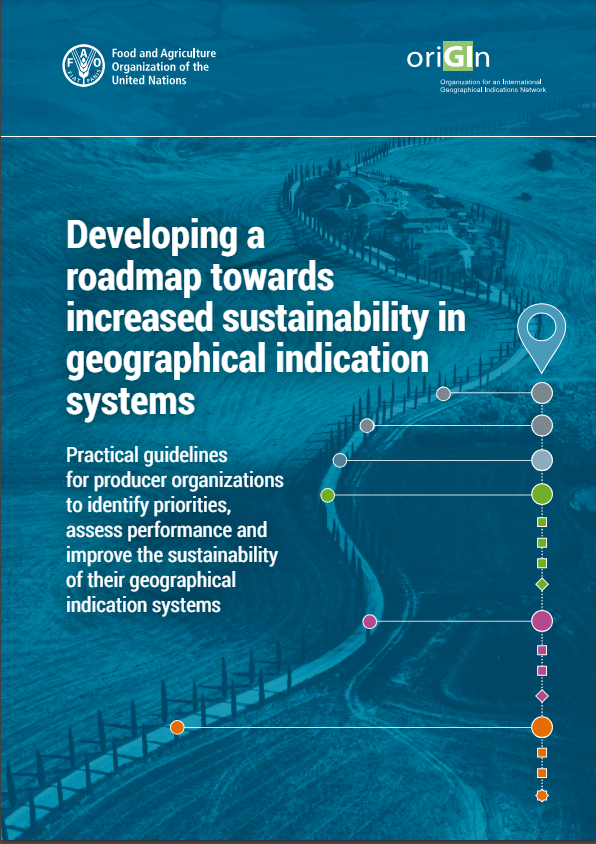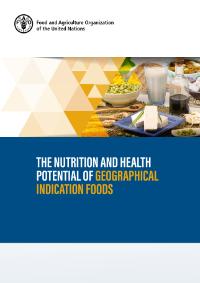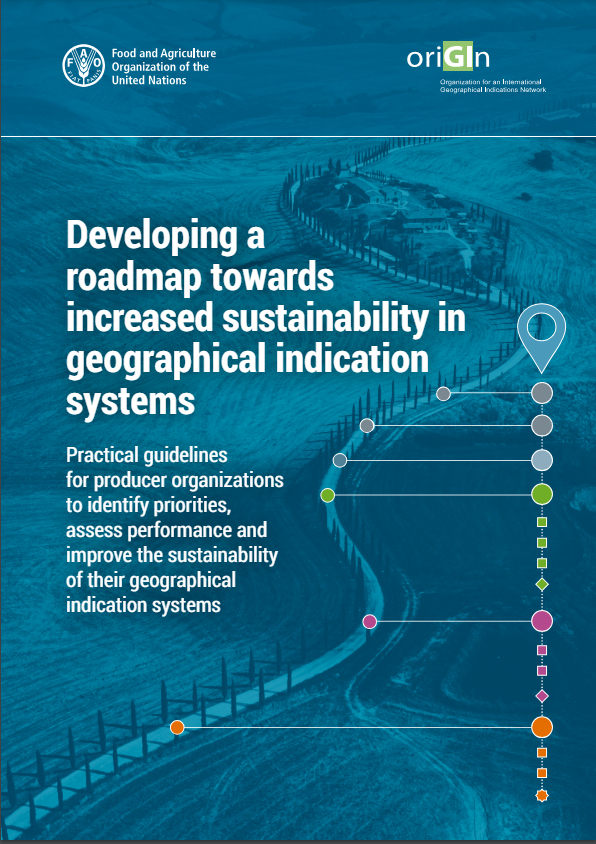
WHAT ARE GEOGRAPHICAL INDICATIONS?
A Geographical Indication (GI) is a sign used on goods that have a specific geographical origin and possess qualities or a reputation that are due to that origin. Most commonly, a GI consists of the name of the place of origin. The specific qualities involved are the result of local natural or human factors. GIs thus represent a collective asset linked to the local heritage and reputation. GIs are protected by intellectual property rights, in accordance with the World Trade Organization’s Agreement on Trade-Related Aspects of Intellectual Property Rights (TRIPS) and the Geneva Act of the Lisbon Agreement on Appellations of Origin and Geographical Indications.FAO’s ROLE
FAO’s work on GIs helps unleash their potential for sustainable development and sustainable food systems, in partnership with international organizations, countries, local authorities, communities and researchers.
NEWS
UPCOMING CONFERENCE ON GEOGRAPHICAL INDICATIONS ─ 18-21 FEBRUARY 2025
The second conference on “Worldwide Perspectives on Geographical Indications” will be held in Rome, Italy, from February 18 to 21, 2025. The conference is organized by FAO and the Italian Ministry of Agriculture, Food Sovereignty and Forestry (MASAF), in collaboration with the Centre for International Cooperation in Agricultural Research for Development (CIRAD), the Swiss Federal Institute of Intellectual Property (IPI), the Organization for an International Network of Geographical Indications (oriGIn), OriGIn Italia and the Qualivita Foundation.
Following a first edition organized in Montpellier, France, in 2022, the upcoming conference will focus on innovation for sustainability, which is at the core of all GIs systems and their ability to adapt to multiple challenges while preserving traditional and local know-how.
Practitioners, public authorities, development organizations and other stakeholders will gather together to contribute knowledge and expertise from across the world.
"MADD DE CASAMANCE" REGISTERED AS A GEOGRAPHICAL INDICATION
On 25 June 2024, the "Madd de Casamance" fruit received its certificate of registration as a geographical indication, presented to the Senegalese government by the African Intellectual Property Organization (OAPI). This makes the Madd the first Senegal's registered geographical indication. This registration marks a significant achievement for FAO, which has been supporting the process since the very beginning.
The "Madd de Casamance" is a wild fruit of the Saba liana, which grows in the forests of Casamance, Senegal's green lung. This fruit can be eaten on its own or, thanks to the expertise of its processors, as nectar, syrup or preserves (sweet, sweet-salty, sweet-salty-spicy). The local communities have a strong relationship with their territory and its products, and have a perfect knowledge of the ripening conditions of the fruit and the sustainable management of this resource. The Association for the Protection and Promotion of the Geographical Indication "Madd de Casamance” – APPIGMAC – counts over 900 members and consists of pickers/collectors and experienced processors.
NEW PUBLICATIONS
DEVELOPING A ROADMAP TOWARDS INCREASED SUSTAINABILITY IN GEOGRAPHICAL INDICATION SYSTEMS
This guide and the associated toolkit provide GI organizations with practical step-by-step guidance to develop and implement their own sustainability roadmaps, based on participatory processes.
Through these processes, GI organizations can strengthen their governance and legitimacy and become agents of change for increased sustainability.
USING GEOGRAPHICAL INDICATIONS TO IMPROVE SUSTAINABILITY
This brief, now available also in French, presents best practices and lessons learned drawn from the implementation of a comprehensive approach to GIs for over 10 years.
The policy guidance provided highlights the importance of endogenous interventions that put local producers at the centre of geographical indication processes, as well as the need for public institutions to play a key role in the implementation of geographical indication approaches.
PROMOTING SUSTAINABILITY THROUGH THE REGISTRATION OF GEOGRAPHICAL INDICATIONS
This publication provides guidance for public authorities in examining requests for the registration of geographical indications.
The publication highlights the importance of public institutions to support the creation of enabling environments that contribute to the development of sustainable food systems through geographical indication approaches.
HIGHLIGHTED PUBLICATIONS
KEY FACTS
GIs IN THE WORLD:
Asia: 3 973
Africa: 205
Central/South America: 556
North America: 428
Europe: 4 016
Oceania: 138
World: 9 332
(oriGin)
PAST EVENTS
Geographical indications discussed during the G7 Ministers' Meeting on Agriculture held in September 2024.
Role and Contribution of Geographical Indications and WIPO Lisbon System ─ Boao Forum for Asia Global Urban & Rural Development Forum (GURD), 2024. On this occasion FAO presented its role in the development of GIs and its approach to sustainability.
International colloquium and trade fair on GIs in Africa, 2024. The event brought together representatives of almost 30 countries, whose GI products were represented at the colloquium. The work of FAO in support of GIs in Africa was presented during the event.
RELATED LINKS






